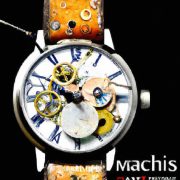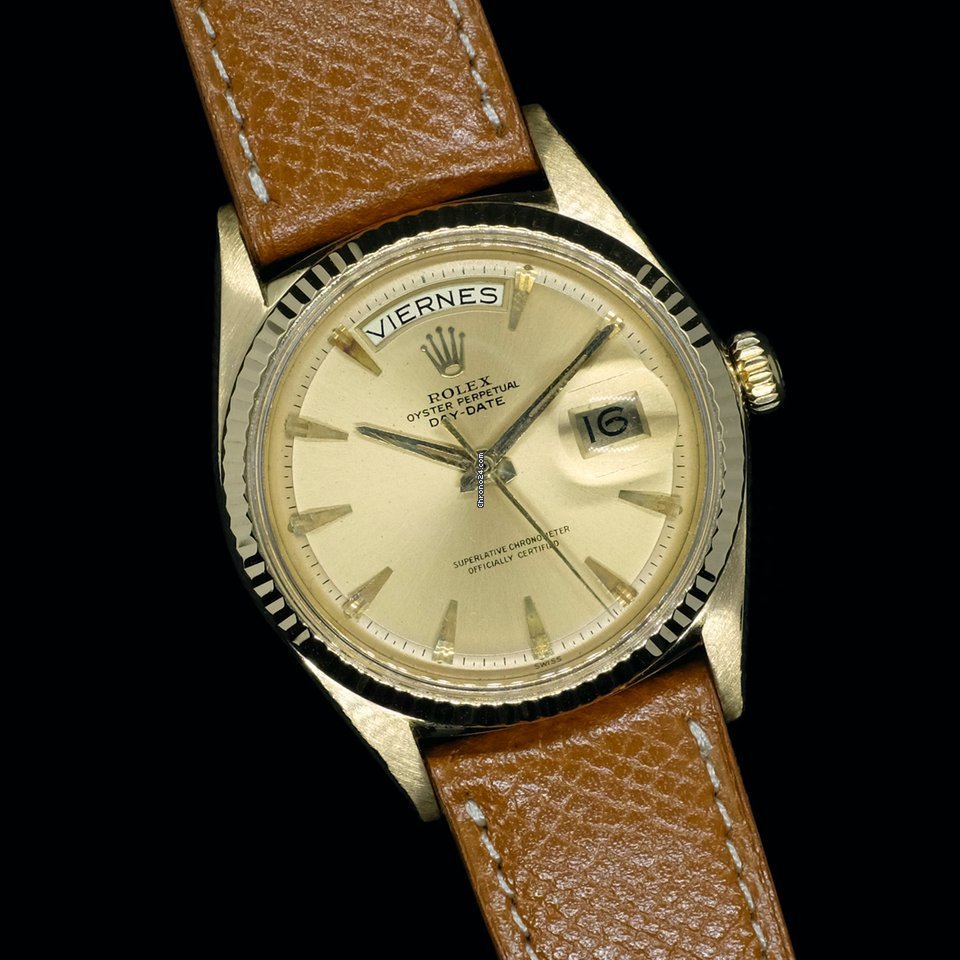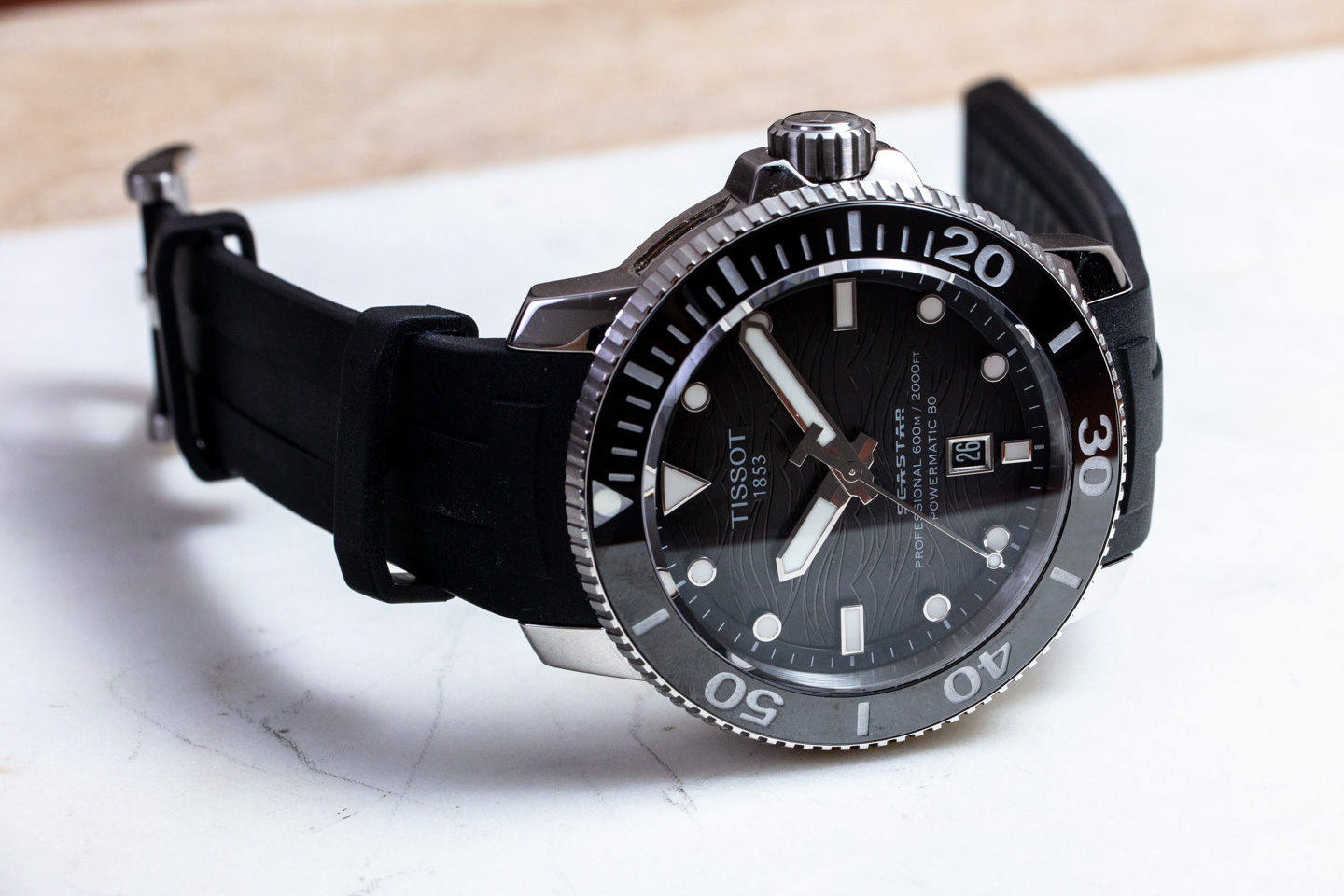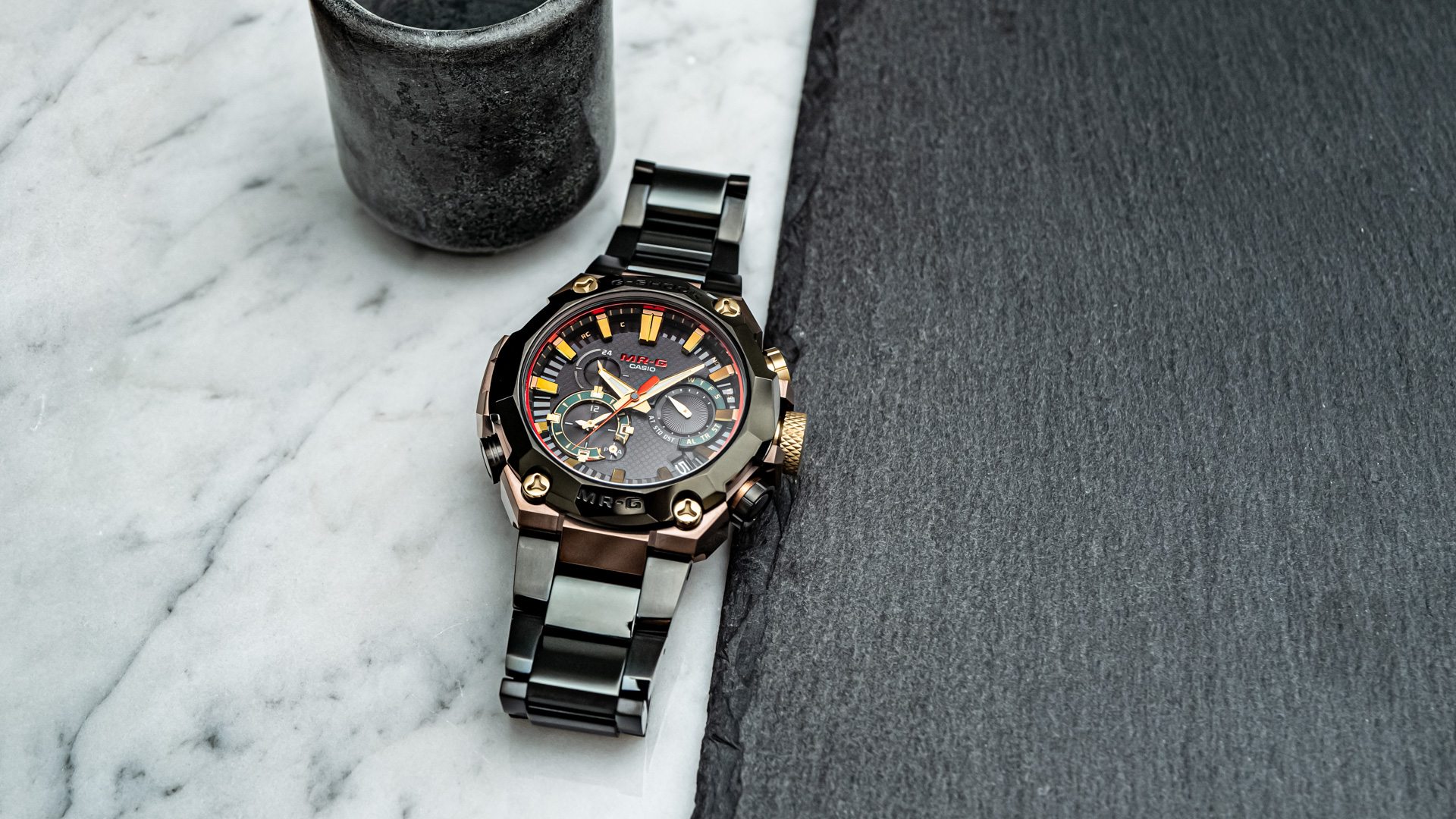Unlocking Time: Essential Tips for Watch Maintenance and Repair You Should Know
In a world where technology races ahead at breakneck speed, the timeless elegance of a well-crafted watch continues to hold its ground as both an accessory and a testament to craftsmanship. Whether it’s a family heirloom passed down through generations or a modern marvel equipped with intricate features, each timepiece is a gateway to the past, present, and future—a silent guardian of memories and moments. However, the true beauty of a watch lies not just in its design but in the art of keeping it in pristine condition. Just as a car requires regular servicing to run smoothly, your watch demands attention and care to ensure its longevity. From basic maintenance tips to understanding the nuances of repair, this article is your guide to unlocking both time and potential, revealing essential insights that every watch owner should know. Join us as we delve into the fascinating world of watch care, where time isn’t just measured; it’s cherished.
Understanding Watch Components and Their Care
To truly appreciate the craftsmanship behind every timepiece, it’s essential to understand the key components that make a watch tick—quite literally. At the heart of every watch is its **movement**, which can be either mechanical or quartz. **Mechanical movements** are intricate systems of gears and springs that require winding, while **quartz movements** rely on battery power for precision and low maintenance. Other vital elements include the **case**, providing protection and style; the **dial**, which displays the time and often includes markers and features; and the **crown** that allows users to adjust settings and wind mechanical watches. Knowing these components can enrich your understanding of how watches operate and guide you in their care.
Taking care of these intricate pieces of technology involves routine evaluations and care practices. Here are some tips to ensure longevity and precision in your timepieces:
- Regular Cleaning: Use a soft microfiber cloth to gently wipe the surface and remove dirt.
- Water Resistance Maintenance: Ensure gaskets are intact for water-resistant models, and have seals checked periodically.
- Service Intervals: Mechanical watches should ideally be serviced every 3 to 5 years to maintain their accuracy.
- Avoid Extreme Conditions: Protect your watch from magnetic fields, extreme temperatures, and shocks to avoid damaging internal parts.
Understanding these essential aspects not only enhances your appreciation of horology but also ensures your watch remains in optimal condition for years to come. Here’s a simple comparison table of the two primary movements:
| Feature | Mechanical | Quartz |
|---|---|---|
| Power Source | Winding Mechanism | Battery-Powered |
| Maintenance | Every 3-5 Years | As Needed |
| Accuracy | Less Accurate | Highly Accurate |
| Craftsmanship | Highly Artisanal | Less Complex |
Routine Maintenance Practices for Longevity
Ensuring your watch remains a timeless piece requires dedication to regular maintenance practices. One of the simplest yet most effective methods is to **clean your watch regularly**. Dust, sweat, and moisture can accumulate on the surface, leading to potential damage. Use a soft microfiber cloth to gently wipe the case and crystal, avoiding any abrasive materials. Additionally, consider a more thorough cleaning every few months, where you can use a soft-bristle brush and mild soap diluted in water to keep the watch looking pristine. Remember to always check the manufacturer’s guidelines to avoid any unintended damage.
Another pivotal aspect of maintaining your watch’s functionality is monitoring its **water resistance**. If your timepiece is water-resistant, testing its seals periodically is crucial. A simple way to ensure this is by consulting a professional every couple of years for a pressure test, especially if you’ve taken the watch for swimming or diving. Additionally, keeping an eye on the watch’s **battery life** is essential, particularly for quartz watches. Replace the battery promptly to avoid leakage and preserve the internal components. As time passes, consider scheduling a full service every three to five years to catch any mechanical issues early on and prolong the life of your cherished accessory.
Troubleshooting Common Issues and When to Seek Professional Help
When it comes to watch maintenance, a few common issues may arise, which can often be resolved without professional intervention. Pay attention to the watch’s performance, including:
- Inaccurate timekeeping – A slight adjustment of the time may be all that’s necessary; try winding the watch if it’s mechanical.
- Moisture under the glass - If you notice condensation, gently dry the watch by placing it in a desiccant bag for a day or two.
- Battery replacement – A dead battery is a quick fix that can often be managed at home, provided you have the correct tools to open the case.
However, there are instances when calling in a professional is essential. If you observe several of the following symptoms, it’s time to seek expert help:
- Consistent inaccuracies that reoccur despite adjustments.
- Visible damage to the glass, casing, or internal mechanism.
- Unusual noises or movements from the watch that could indicate a serious internal issue.
- Rust or corrosion appearing on metal components could compromise functionality.
For an effective decision-making process, consider the following table summarizing common watch problems and whether you should attempt a DIY fix or consult a professional:
| Issue | DIY Fix | Professional Help |
|---|---|---|
| Inaccurate Timekeeping | ✔️ | |
| Moisture Under Glass | ✔️ | |
| Battery Replacement | ✔️ | |
| Unusual Noises | ✔️ | |
| Visible Damage | ✔️ | |
| Rust or Corrosion | ✔️ |
By assessing these factors, you can effectively determine when it’s best to take matters into your own hands and when to leave it to the experts.
In Conclusion
As we reach the end of our exploration into the intricate world of watch maintenance and repair, it becomes clear that these timekeeping marvels deserve our utmost care and attention. Just as time is a precious commodity, so too is the craftsmanship embedded in every tick and tock of a watch. By embracing these essential tips, you not only safeguard your investment but also enhance your personal connection to these timeless pieces.
Remember, a watch is more than a tool; it’s a reflection of your style, a keeper of memories, and a testament to the art of horology. Whether you choose to engage in the hands-on act of maintenance or simply understand the importance of a professional tune-up, you are actively preserving the legacy of your timepiece.
As you step into your next adventure, let your watch be a trusted companion that embodies both functionality and artistry. After all, unlocking the secrets to proper care ensures that it continues to serve you faithfully, marking each moment, one tick at a time. Here’s to unlocking the time ahead, one watch at a time.





















Comments